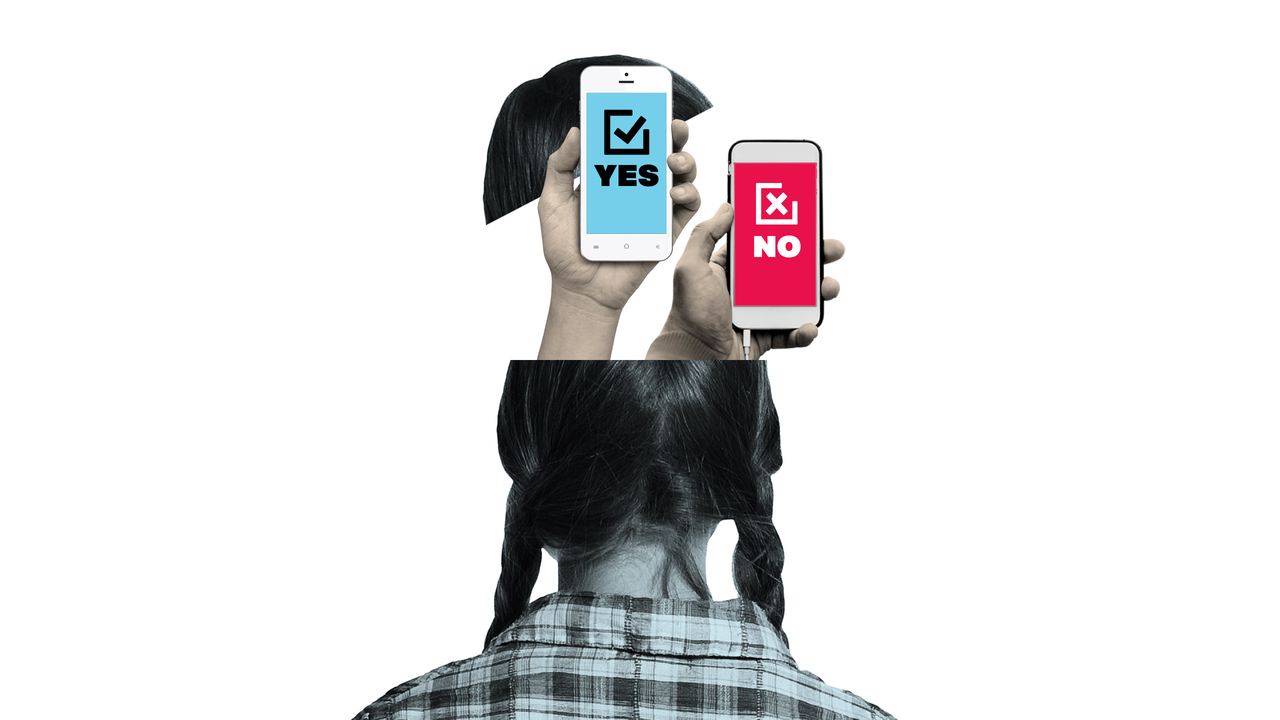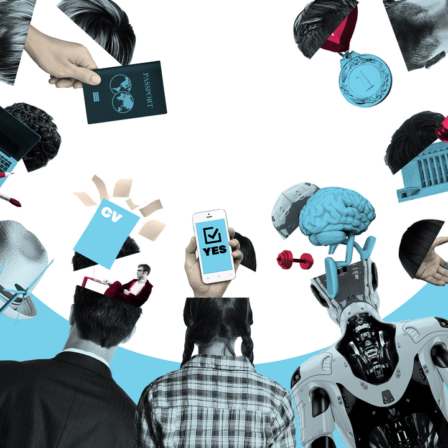One of the SenseMaker stories collected by Yle is called “Selective blindness”. In it, the writer tells about an incident in which he was in such a bad mood at work that he hung a noose made of packaging rope from the ceiling of the warehouse. Halfway through his contemplation of suicide, another employee walked in and said he wanted to borrow a couple of tools. The writer searched for the tools, but the other one did not mention the noose hanging between them.
“I think it is pretty funny to see how we, in order to avoid discussion about difficult topics facing us, pretend that they do not exist when right in front of our eyes,” the writer concludes his story.
To Head of Social Media at Yle, Tuija Aalto, “Selective blindness” is almost like a key to what was hoped from the SenseMaker experiment.
Usually, Yle collects carefully defined and curated information from its operational environment. SenseMaker was an opportunity to try and see the blind spots – to see things in people’s everyday lives that often remain unnoticed for the inability to ask the right questions.
That is why an open question was used: “Tell us about a recent experience relating to your daily life or life situation which you hope might be of interest to others”.
A pilot survey was carried out at first, followed by a second version, which was published on Yle’s website in connection with a news story. There were 93 answers in the pilot survey, and in the second phase there were 258. The end result was a colourful mix of stories which were often very personal, even emotional.
Tuija Aalto has spent a lot of time with the stories. Since Yle was not seeking a solution to a specific problem, the answers expressed in stories can be anything.
“It is pretty difficult to take in all of the material. I am still not certain whether there is something there that will reveal itself later.”
One among others
The way the question was phrased, “a story which you hope might be of interest to others” perhaps led the respondents to think of situations that others do not know or care about. In many of the stories, there is an echo of a feeling of separation, either in society (narrative 1: see the narratives below this article), at work (narrative 2) or in the family (narrative 3).
“That is partly what we wished for,” Aalto explains. “Our starting point was an observation by sociologist Juho Saari that fewer and fewer Finns think that we are all in the same boat. One of Yle’s tasks is to take care of that boat and the sense of belonging together. That is why we were interested in what kinds of things this feeling of being an outsider relates to.”
The answer is not self-explanatory. First, a clear majority of the respondents felt they strongly belonged to Finnish society. Nevertheless, out of the ones expressing belonging, 43 per cent had defined their story as positive and 43 per cent as negative.
And so it is not quite clear what belonging to society meant for the respondents: is it a prerequisite for happiness or a self-evident membership also for the unhappy? Aalto noticed that some people experienced feeling like an outsider as a positive, individual choice.
“I was delighted that there were also stories of strength (narrative 4) and overcoming difficulties,” Aalto says. “I don’t think this material says that Finns are doing awfully poorly. I think many people would tell an entirely different story in a different frame of mind.”
Out of the quiet signals, Aalto noticed especially the use of cannabis, which was mentioned in various stories as a natural part of life. “Cannabis is an internationally rising theme whose social agenda is still awaiting its time.”
In addition, it was noteworthy how little the stories dealt with immigrants. Many respondents wrote about diversity with an open mind.
“On one hand, the replies came from people reached by Yle’s news story, so this was by no means a survey representing the nation,” Aalto points out. However, the most important observation is perhaps connected to the feeling of belonging to society. It was the only thing that clearly indicated a difference between genders.
Almost all of the women felt strongly that they belong to society, whereas men felt themselves as outsiders equally as often.
When you look at the scale of belonging to society, out of the lowest quarter as many as 57 per cent are men, although out of all responses, only 31 per cent came from men. Including the man who made the noose.
Towards a more agile business culture
Aalto thinks that the personal nature of people’s stories is a good reminder for journalists. It tells you that people read the news in different moods and often with their emotions on show. Their own life situation can be the first thing on their mind, and they are perhaps looking for something to identify with in the news.
And so, complexity should also perhaps be taken into consideration in content production. “Journalism has a long tradition of dividing the world into politics, economics and so on. But perhaps the world is messier than that kind of division, and the news can be relevant to a person on various levels. Things could be explored as complex, in a similar way to phenomenon-based learning at school,” Aalto says.
To Aalto, the SenseMaker experiment was instructive also in terms of the organisation’s internal development. “I heard about the experimental work culture for the first time in 2012 or so, but for a long time it was just a saying. Only in these workshops did I understand what it means to develop through experimentation. In a complex world, the relationships between cause and effect can only be pointed out afterwards.”
Aalto thinks that Yle is a well-oiled but heavy machine, in which decisions are based on plans and analyses. “It works in a complicated world but is not optimal in a complex world. Now the corporation has started practising experimentation and the working culture of agile development. Then we will be able to change content delivery more boldly or discontinue content which does not work.”



Latest